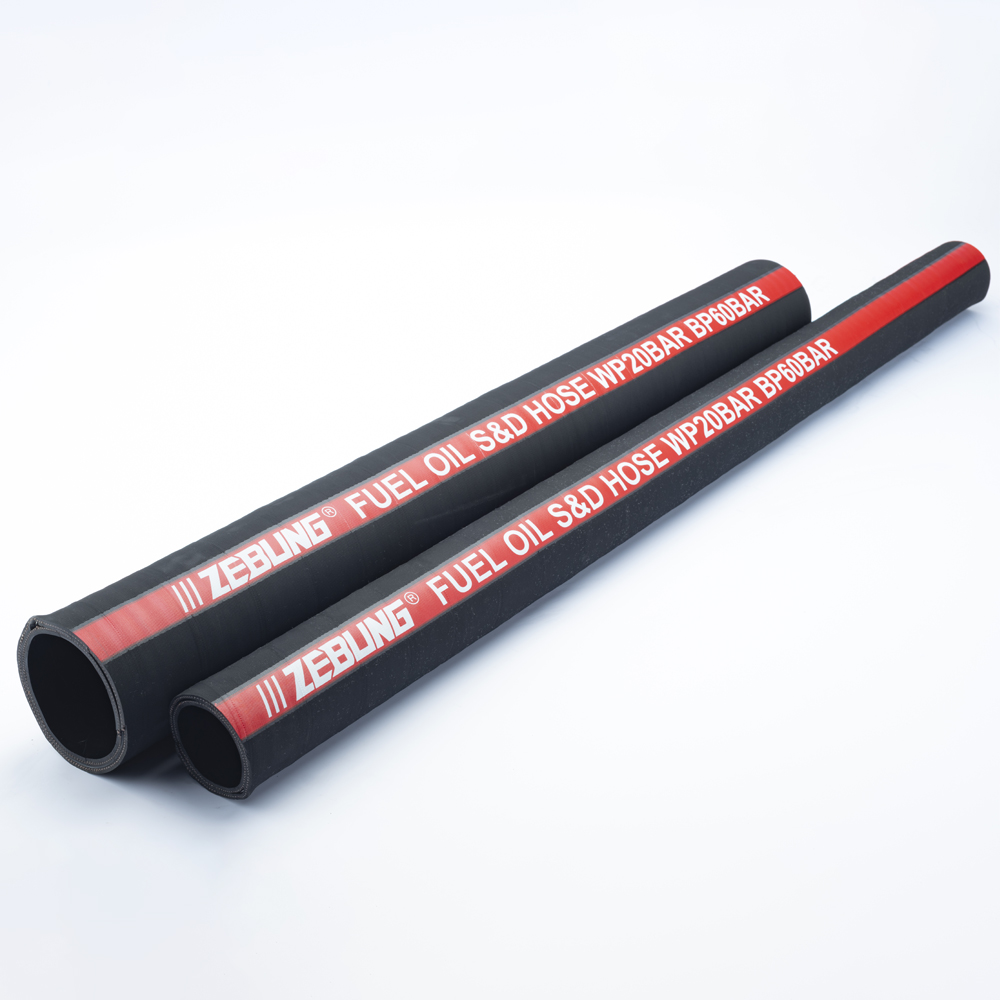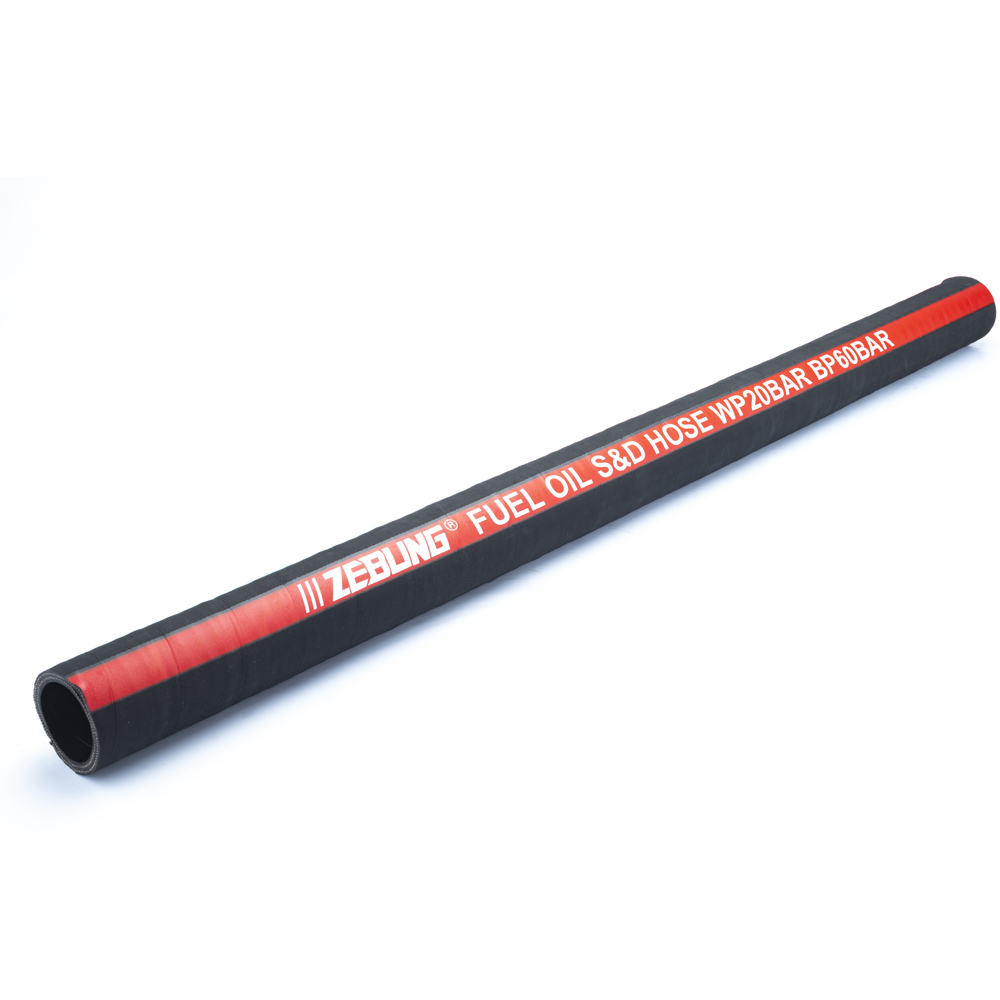In the fields of automobiles, machinery, etc., fuel hose play an important role in transporting fuel. However, if some key issues are not paid attention to during use, it may cause serious safety hazards. The following is a detailed introduction to the precautions in the use of fuel hose.
1. Choose the right fuel hose
1) Reliable quality
When purchasing fuel hose, be sure to choose products with reliable quality and in line with national standards. High-quality rubber hose have good oil resistance, pressure resistance and corrosion resistance, which can ensure that there will be no leakage and other problems during use.
You can choose products from well-known brands, or consult professionals to ensure that you buy the right rubber hose.
2) Suitable specifications
Choose a rubber hose of appropriate specifications according to actual use needs. A small diameter will affect the flow of fuel, and a large diameter may cause an unstable installation.
At the same time, pay attention to the length of the rubber hose. Too long or too short may affect the use effect.
2. Correctly install the fuel hose
1) Ensure a firm connection
When installing the rubber hose, ensure that the connection is firm and reliable. You can use a special hose clamp or joint to tightly connect the rubber hose to other parts of the fuel system.
Avoid using simple fixing methods such as iron wire to avoid loosening or falling off during use.
2) Avoid excessive bending
During the installation process, the rubber hose should avoid excessive bending to avoid affecting the flow of fuel and the service life of the rubber hose. Generally speaking, the bending radius of the rubber hose should not be less than three times its outer diameter.
If the rubber hose needs to be bent, a special elbow or hose bending tool can be used to ensure a smooth transition of the bending part.
3. Precautions during use
1) Prevent extrusion and wear
During use, avoid extrusion and wear of the rubber hose. Do not place the rubber hose on sharp objects, and do not let it rub against other parts.
If the rubber hose shows signs of wear or damage, it should be replaced in time.
2) Avoid high temperature environment
The fuel hose should avoid long-term exposure to high temperature environment. High temperature will cause the rubber hose to age and harden, reduce its service life, and may even cause leakage.
When installing the rubber hose, try to stay away from high-temperature parts such as the engine.
3) Regular inspection
Regularly check the use of the rubber hose, including whether the appearance is damaged, whether the connection is loose, whether there is leakage, etc.
If problems are found, they should be repaired or replaced in time.
4. Storage and maintenance
1) Proper storage
When the rubber hose is not in use, it should be properly stored. Avoid direct sunlight, rain and humid environment to prevent the rubber hose from aging and deterioration.
The rubber hose can be placed in a dry and ventilated place and packed in plastic bags or sealed containers.
2) Regular maintenance
Regular maintenance of the rubber hose can extend its service life. You can use a special rubber hose maintenance agent to clean and maintain the rubber hose.
At the same time, pay attention to keeping the rubber hose clean and avoid the accumulation of impurities such as dust and oil.
When using fuel hose, be sure to pay attention to choosing suitable products, correct installation, reasonable use and regular maintenance. Only in this way can the safety and reliability of the fuel hose be ensured and safety accidents can be avoided. I hope everyone can pay attention to the precautions for the use of fuel hose and be responsible for the safety of themselves and others.
Post time: Oct-16-2024





